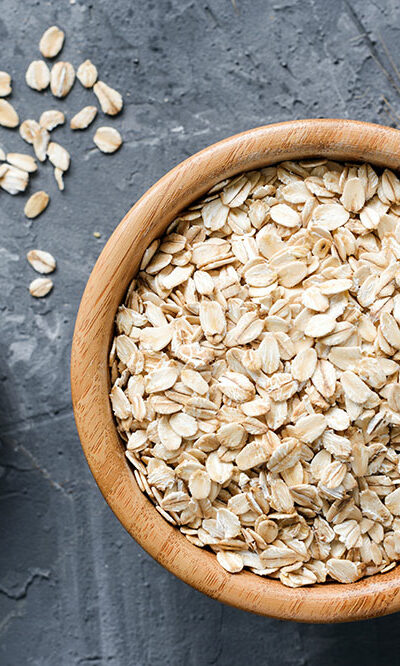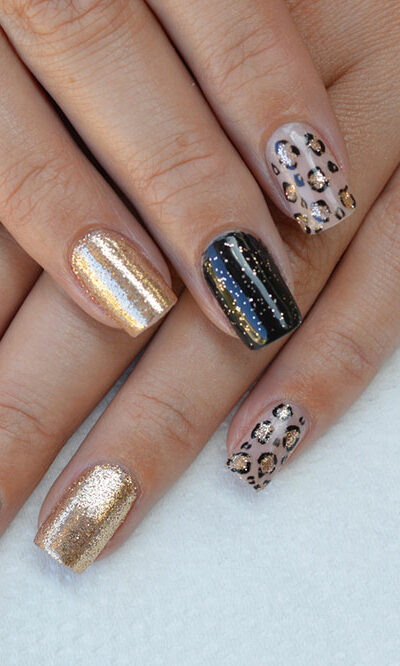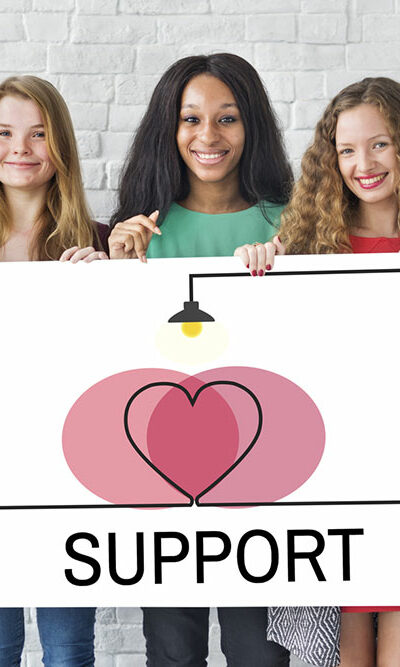
11 Superfoods to Reduce Cholesterol Levels
The human body requires cholesterol to process hormones, Vitamin D, and digestion. But letting it accumulate in the body can lead to clogged arteries and health issues like heart attack. High blood pressure, diabetes, chest pain, or experiencing pain while walking are signs that show one’s cholesterol levels are too high. One way to maintain healthy cholesterol levels is to eat nutrient-rich food. Here are some superfoods for maintaining a healthy cholesterol level. Types of cholesterol There are mainly two types of cholesterol; LDL and HDL. LDL (low-density lipoprotein) is considered “bad” cholesterol since it clogs the blood vessels with plaque. The HDL (high-density lipoprotein), on the other hand, or the “good” cholesterol, helps carry and eliminate the LDL and regulate bodily functions. One way to ensure the bloodstream has lower levels of harmful LDL is to eat the right foods. Besides food, age can be another factor that can increase one’s cholesterol levels. With age, metabolism slows down, which can impact one’s processing of nutrients. Similarly, a family history of high blood cholesterol can also make one vulnerable to developing the condition. Superfoods to eat to lower cholesterol Oats Being one of the powerhouses of soluble fiber, oats are an excellent breakfast option for those with high cholesterol. Soluble fiber helps to remove cholesterol from the body before it can get absorbed into the bloodstream. Oats are a healthier option than cereals since the latter contains sugar content and artificial flavor. A daily intake of about 10 grams of soluble fiber can reduce LDL levels. A bowl of overnight-soaked oats containing about 4 grams of fiber can also keep one feeling full for longer and avoid overeating. Adding bananas, apples, berries, and other choices of fruits can add to the fiber content. On the other hand, natural sweeteners like honey and dates can make it a delicious and healthy breakfast meal.










